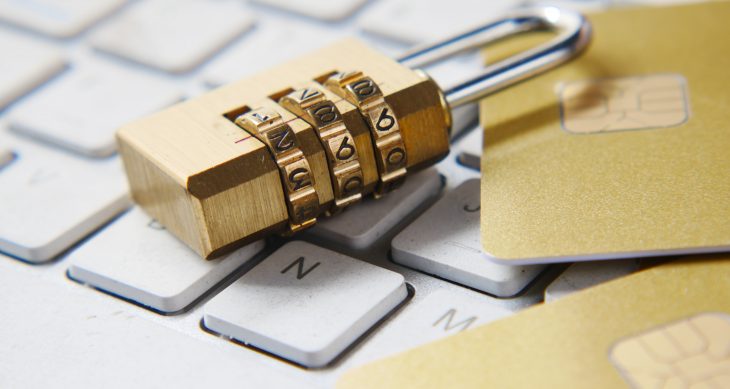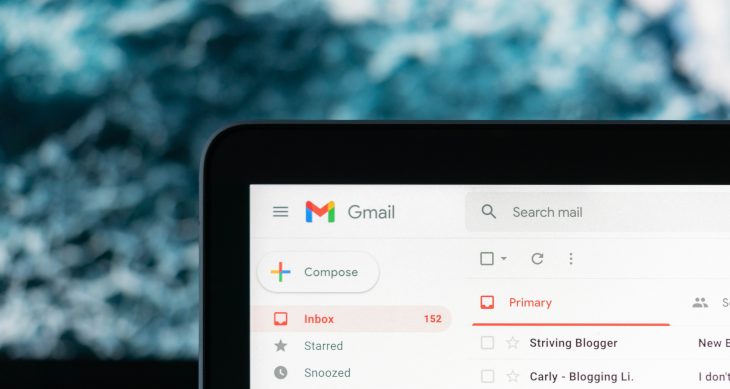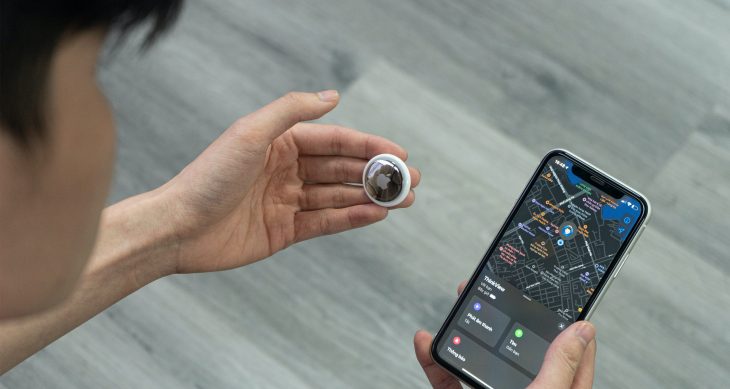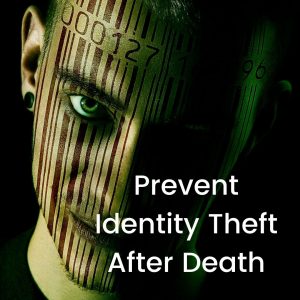
- Posted on
- Comments 0
4 Tips to Prevent Identity Theft After Death
Preventing identity theft is always a concern for those alive and well. But what about those who have passed away? Identify theft of dead people is surprisingly common, ID Analytics reported that 2.5 million deceased Americans’ identities are misused each year. Criminals have even been known to file tax returns on behalf of the deceased, stealing billions of dollars in tax refunds. What can you do to protect your loved ones from falling victim? Here are 4 easy tips to prevent identify theft upon death.
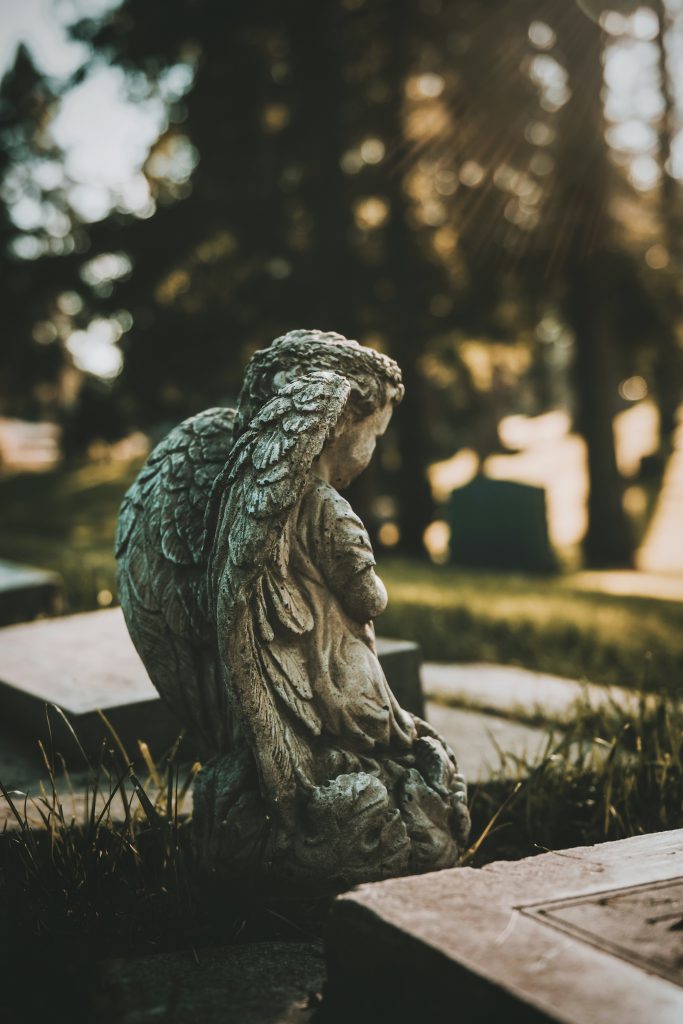
Don’t give too much information in the obituary
An obituary is meant to be short and concise. Giving too much information about one’s next of kin can open them up for identity theft. This includes full names, date of birth and date of death, and other sensitive personal information. The goal in writing an obituary is not to reveal all that you know; rather it should provide enough information so that those who knew or loved your loved one will have enough information so they can attend any funeral or memorial service you designate. If you choose, you can also include sentimental pieces about your loved one, without putting their identity at risk.
Notify the credit bureaus immediately
Mail a copy of the death certificate to the big three credit bureaus (experian.com, transunion.com, and equifax.com) as soon as possible, to get a death notice placed on their credit reports. A death notice flags a person’s credit reports as “deceased – do not issue credit” to alert potential creditors. Make sure to send the death certificate by certified mail. Equifax says that once one credit bureau has been notified, that they will notify the other two, but you may want to send a copy to each of the three to be sure.
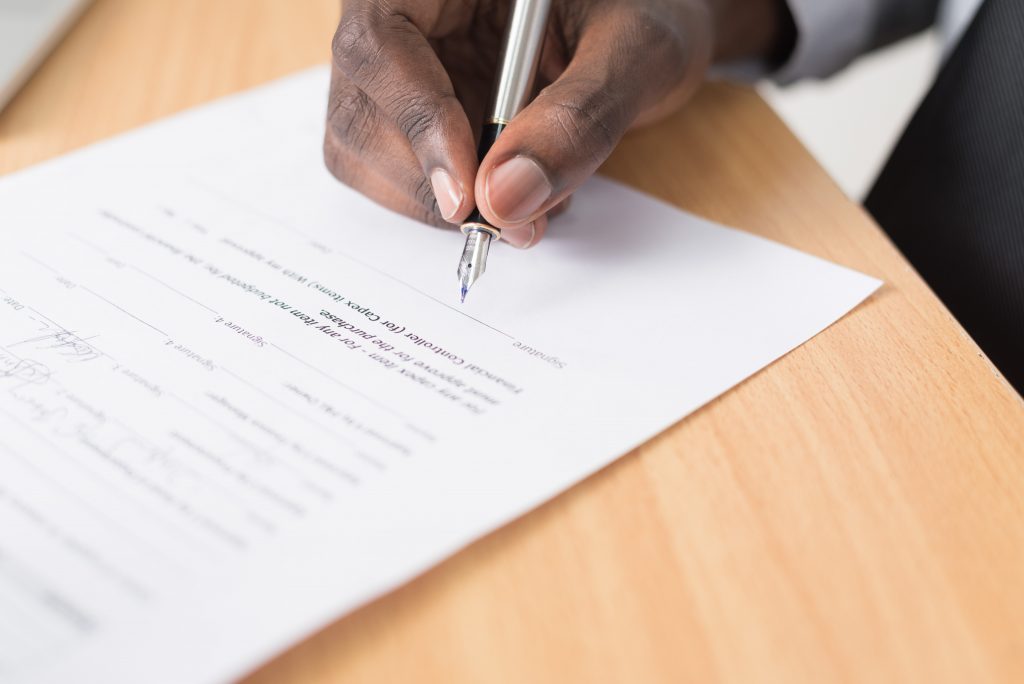
Notify SSA and other accounts
Usually, the funeral home will notify the Social Security Administration of a death, however you may want to confirm that SSA has been notified. You will also want to identify the other accounts that your loved one had, and notify those companies as well. If they were using Easeenet.com, you can check their dashboard for accounts as well as the information in their Legacy Worksheet, but if they weren’t using a digital vault, you may have difficulties tracking down all of their account information. You can watch for any bills in the mail, and review their email history if you have access to their email account.
Check their credit report… and then check it again!
It’s important to check credit reports immediately after death, in order to identify any outstanding debts and revolving credit accounts, and avoid issues with identity theft. After death, creditors can no longer sue for repayment and you can’t contact them about it either. It’s a good idea to check their credit report again a year later, though, to ensure that you’re able to catch and reconcile any identity theft that does occur.
Ensure your family has the information at their fingertips if anything happens to you, and they aren’t locked out of your assets and treasured memories. Set up a free Easeenet.com account today in just three minutes!


